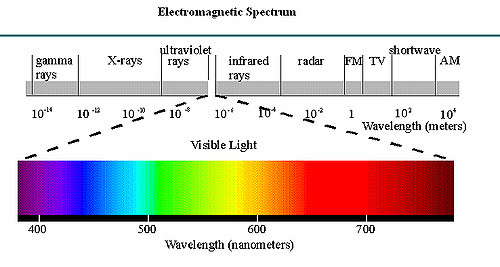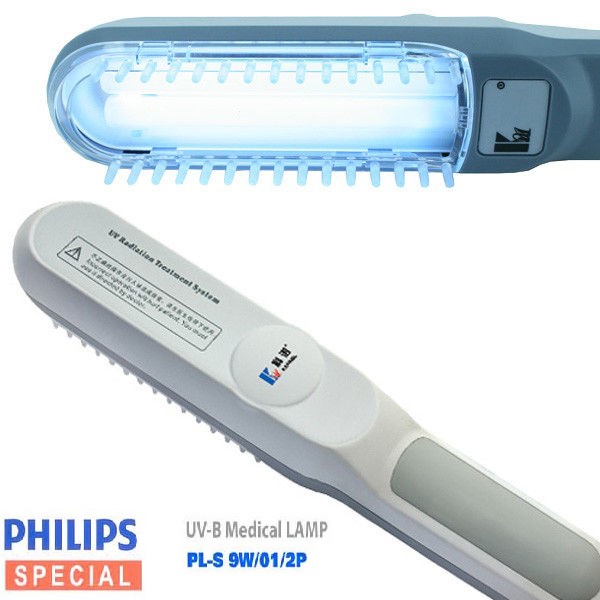Principles of Ultraviolet Radiation
PHYSICAL PROPERTIES OF ULTRAVIOLET RADIATION
Reference: Cameron: Physical Agents from Theory to Practice
Ultraviolet (UV) radiation is electromagnetic radiation.
The frequency of UV radiation lies between that of x-rays and visible light.

(image: https://www.flickr.com/photos/scfiasco/110098808)
UV radiation is divided into three bands—UVA, UVB, and UVC—with wavelengths of 320 to 400, 290 to 320, and less than 290 nm, respectively
UVA, also known as long-wave UV, produces fluorescence in many substances, whereas UVB, or middle-wave UV, produces the most skin erythema. UVC, or short-wave UV, is germicidal.
Because UV does not produce heat, it is thought to produce physiological effects by nonthermal mechanisms. The most significant source of UV radiation is the sun, which emits a broad spectrum of UV, including UVA, UVB, and UVC. Both UVA and the UVB reach the earth from the sun; however, UVC is filtered out by the ozone layer. Patients can be treated with UV of specific wavelength ranges using a UV lamp.

Image https://uvb-lamps.com/product/uvb-lamp-psoriasis/?roistat_referrer=&roistat_pos=1o1&roistat=google2_s_21485685181_85909918621_&gclid=EAIaIQobChMI4PXpyca91wIV3LjACh13zwwREAQYASABEgJylPD_BwE
The physiological effects of UV radiation are influenced not only by the wavelength of the radiation but also by the intensity of radiation reaching the skin and its depth of penetration. The depth of UV penetration is affected by the:
- intensity of radiation reaching the skin
- the wavelength and power of the radiation source
- the size of the area being treated
- the thickness and pigmentation of the skin
- the duration of treatment.
When treating a patient with a UV lamp, the intensity of UV radiation reaching the patient's skin is proportional to the power output of the lamp, the inverse square of the distance of the lamp from the patient, and the cosine of the angle of incidence of the radiation beam with the tissue. Thus the intensity reaching the skin is greatest when a high-power lamp is used, when the lamp is close to the patient, and when the radiation beam is perpendicular to the surface of the skin.